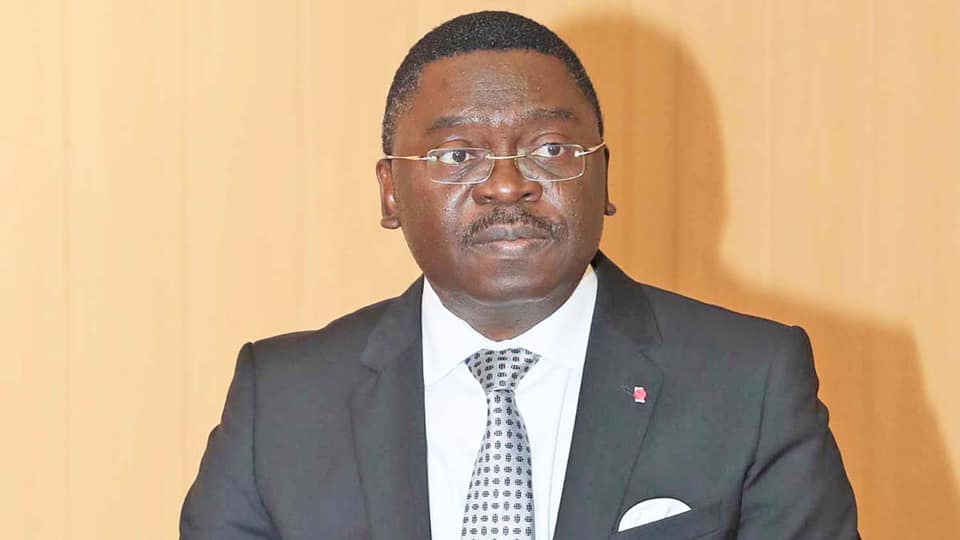Biometric Update | An Annex facility of the National Command and Control Centre for Video Surveillance has gone operational in Douala in a move which seeks to counter the spiralling wave of urban insecurity in the Cameroon’s largest city, in part through live facial recognition.
The Minister of State, Secretary General at the Presidency of the Republic, Ferdinand Ngoh NGO, switched on the project on Thursday June 15.
The facility, which is the second in the country after the main one in Yaounde went live in 2019, is part of a project dubbed ‘Cameroon Intelligence Cities’ which aims to deploy artificial intelligence-based technologies to make life easier and more convenient for urban residents nationwide.
Douala is known to have one of the highest urban crime rates in Cameroon with traffic accidents and armed robbery incidents reported almost daily.
The project is run by the National Delegation for National Security (DGSN) with the technical assistance of Chinese tech giant Huawei and Cameroon’s state-owned telecommunications services company, CAMTEL.
At the launching ceremony, Ngoh Ngoh underlined the importance of the smart cities project which, he said, has been designed to improve the performance and strengthen the operational capacity of the Cameroonian police to enable them monitor and counter organized crime, terrorism, intra-city road accidents and other forms of urban disorder which undermine the safety of citizens.
According to the DGSN, the facility has a ‘triple play’ communication system which allows for the simultaneous transmission of sound, images and video in real-time, from CCTV cameras installed at different locations in the city.
No more anonymous crowds
Already, 3,000 CCTV cameras have been installed as part of the project, as well as 95 base stations, two command and control centres and eight regional centres.
The cameras are set to instantly capture all forms of crime, traffic accidents, disruption of road traffic, or any other form of urban disorder likely to trigger rapid and appropriate intervention by the police.
“With the analytical processing of data by artificial intelligence, crowds will no longer be anonymous. Each image will be processed in real time by facial recognition algorithms enriched by information collected on different platforms,” reads part of a DGSN document explaining the project.
“Vehicles will be identified with their licensed number plate and the most elaborate software that detects human actions and predict harmful behaviour.”
Officials say the project seeks to install a total of 5,000 surveillance Cameras in all the ten regions of the country and they’ll be linked to 17 command rooms. It also envisages the construction of command centers and data centers in each regional capital, installation of base stations, and the inter-connection of police services.
Apart from Yaounde and Douala, other towns and cities already covered by the video surveillance system include Armchide, Bafoussam, Bamenda, Bertoua, Buea, Ebolowa, Fotokol, Garoua, Garoua-Boulai, Kenzou, Kousseri, Kribi, and Kye-Ossi. Many of these towns are in border areas where insecurity is rife.
Data privacy concerns
The merits of the project notwithstanding, digital rights activists have raised concerns about data privacy and security, especially as Cameroon has no specific legislation on personal data protection. They have faulted government for not giving assurances on how the biometric data collection will be handled.
Critics fear the surveillance project could as well be used to clamp down on peaceful protests or identify and persecute protest leaders in a country where civil disobedience is almost intolerable.
Colbert Gwain, a digital rights campaigner says Cameroonian authorities haven’t delivered on their sincerity and openness as far as the video surveillance project is concerned.
“As a country, we cannot be insisting on adopting AI technology without creating an enabling environment not only in terms of parliamentary oversight but also in terms of privacy and data protection law,” he told Biometric Update.
“We don’t know how much human rights impact assessment was done and what would become of the data the system would gather from ordinary Cameroonians. Just so many human rights issues are still unaddressed, especially when it comes to the possibility of using data collected for a different event, for another purpose.”
Gwain even questions the effectiveness of the surveillance system in tracking crime, citing the case of a journalist Martinez Zogo who was kidnapped early this year and murdered in Yaounde, which has CCTV cameras planted almost everywhere.
“Cameroonians have been taken aback because since the kidnap and brutal murder of the Yaounde-based journalist, Martinez Zogo, no footage coming from the CCTV cameras has been shown,” he said.
Other African governments such as those of Uganda and Zimbabwe have been criticized for using similar urban video surveillance projects to infringe on fundamental human rights. The EU, meanwhile, has been wrestling with whether and how live facial recognition should be legally deployed in its AI Act.
